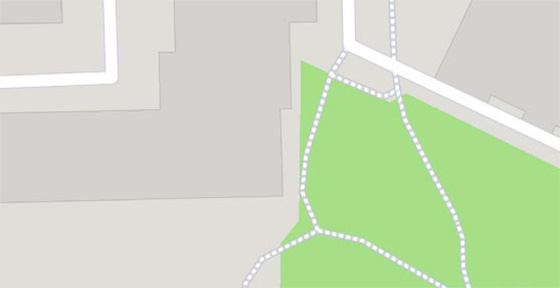The huge cliff rises to a height of 604 m above sea level. It was formed about 10,000 years ago as a result of rock fractures. From its top, there is a picturesque panorama of the entire area, including a view of the surrounding peaks, often over 800 meters high, and of the plains cut by lakes. It is also a popular place for BASE jumping people.
There is a car park at the foot of the cliff and the seat of the Norwegian Mountain Tourism Society. There is a moderately difficult route to the top from here. The difference in levels is approx. 350 m, and the route usually takes approx. 3-4 hours.
The local name of the cliff, Hyvlatonnå, means "the pulpit" and refers to the appearance of the top, which resembles a lectern. It is an almost flat surface, resembling a rounded square, measuring 25 meters in width and length.
Atracciónes dentro




